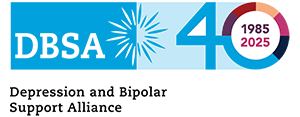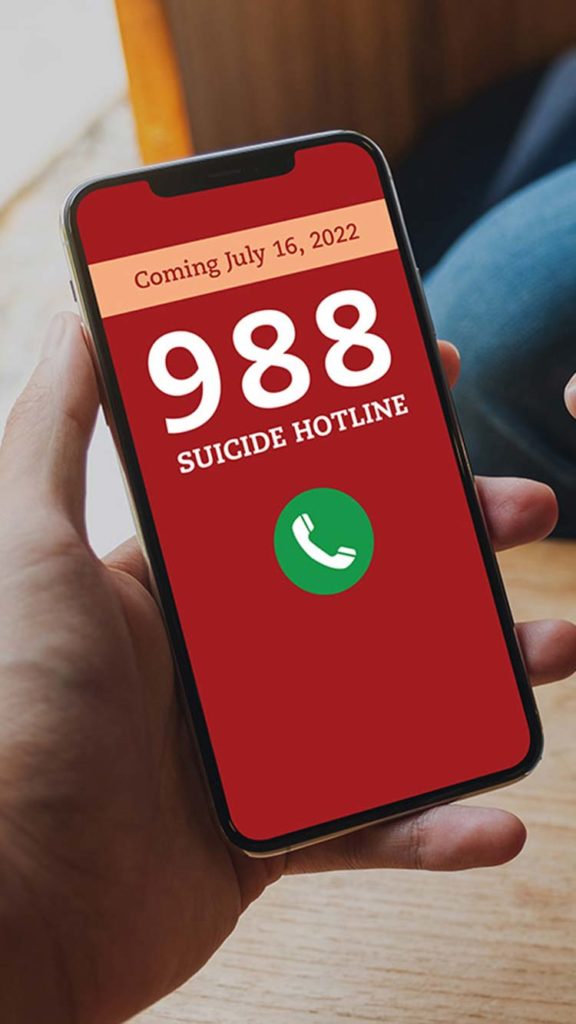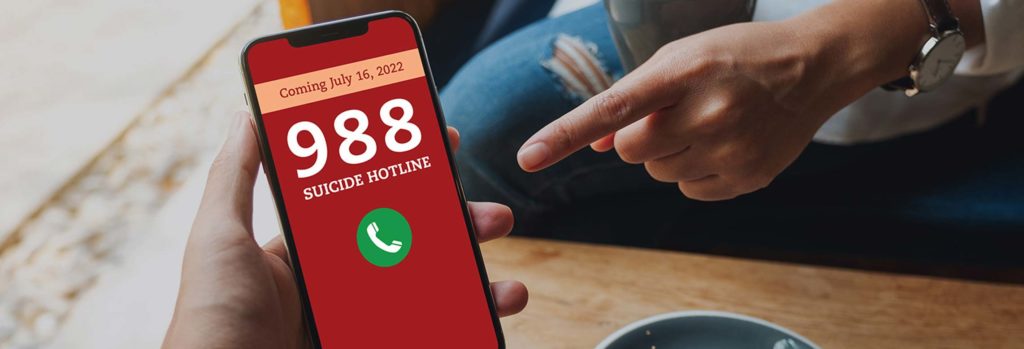What You Need to Know
When people call, text, or chat 988, they will be connected to trained counselors who will listen, provide support, and connect callers to resources. While some areas may be currently able to connect to the lifeline by dialing 988, this dialing code will be available to everyone across the United States starting July 16.
The 988 crisis line, if effectively resourced, will be able to:
- Connect people in mental health distress to a trained counselor who can address their immediate needs and help connect them to ongoing care
- Reduce health care spending with more cost-effective early intervention
- Reduce use of law enforcement and other safety resources
- Meet the growing need for mental health crisis intervention
- Help end stigma toward those seeking or accessing mental healthcare
What can I do to help?
- Take action to #ReimagineCrisis. Contact your representatives and tell them we need a robust crisis response system. Download the toolkit here.
- Join advocacy efforts. Crisis centers need to be equipped with staff and resources to handle the call volume. Since each geographic area has its own crisis call center, funding and staff can vary across the country. Sign up to receive action alerts and other updates related to mental health advocacy.
- Learn the signs of suicide and how people are affected by suicidal ideation.
- Encourage discussion. Engage with others about suicide prevention. Listen to those who are suffering and encourage them to speak with loved ones and professionals.
- Share DBSA resources to spread awareness. Urge compassion. Clarify that those contemplating suicide are suffering and need support, not stigma.
Additional Resources
Advocacy Center
DBSA is involved in advocacy at the state and national level. Read more about where we are and our position on a variety of topics.
Become a Peer Support Specialist
DBSA has a recognized program to develop the next generation of Peer Support Specialists to lead support groups. Learn how you can join this program.



